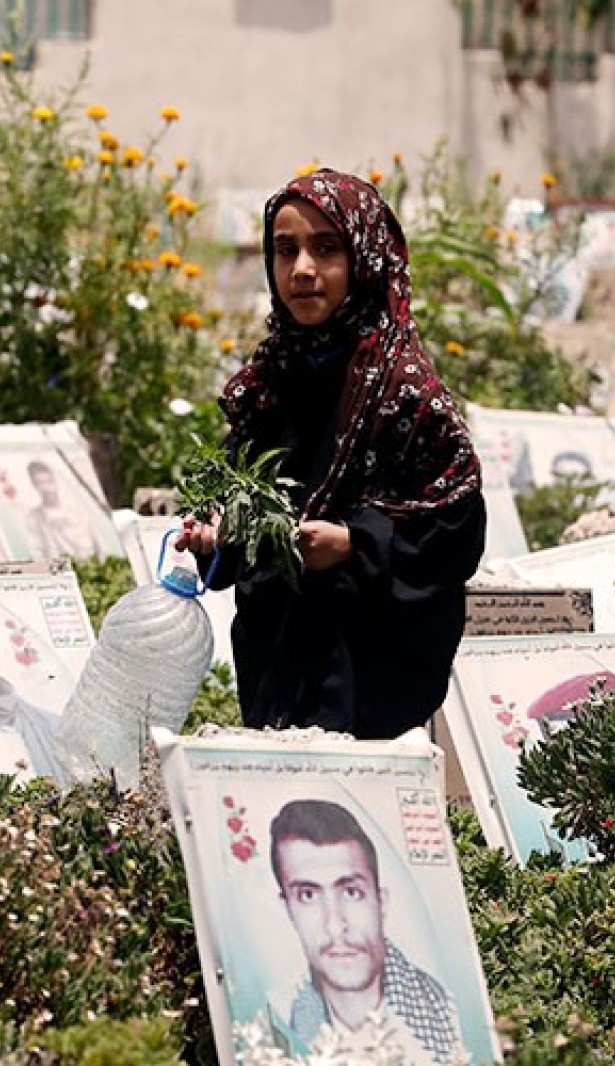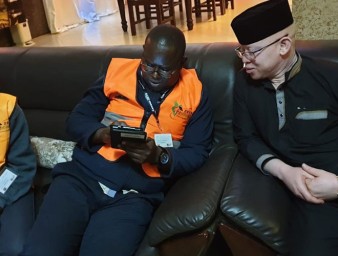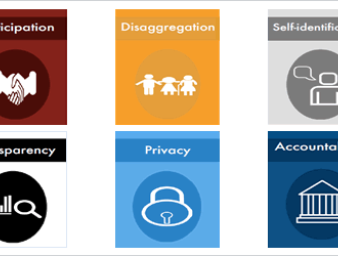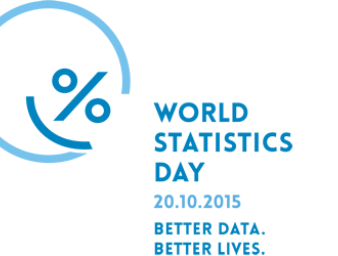New global data on human rights showcased in Sustainable Development Goals Report
14 July 2020
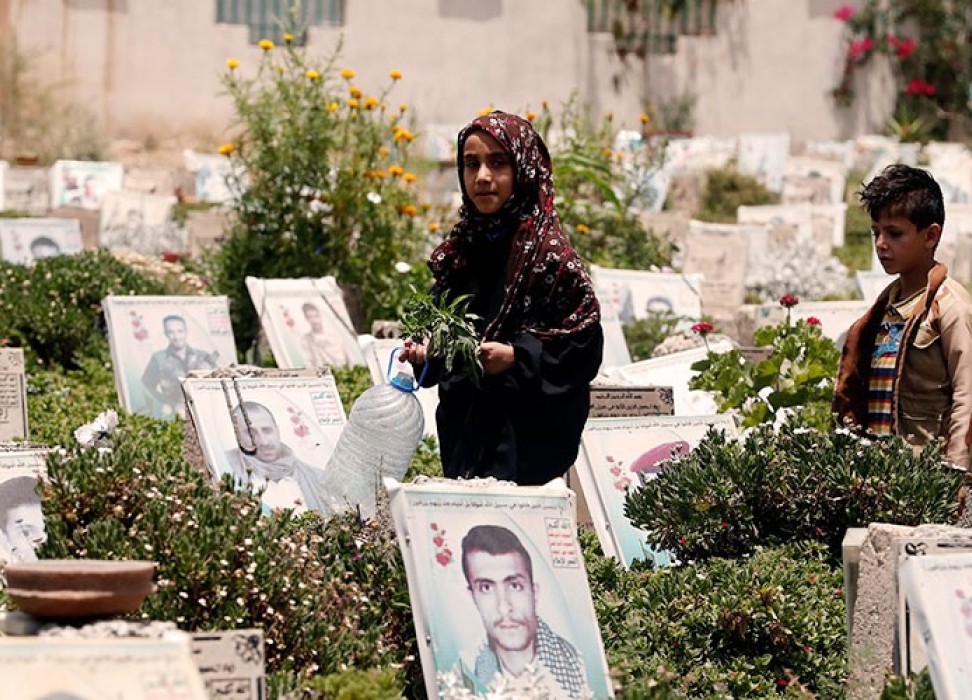
Key human rights data has been highlighted in the UN Secretary-General’s annual report on the Sustainable Development Goals, including, for the first time, crucial data from UN Human Rights.
The report reviews global progress in implementing the 2030 Agenda, and advancement in achieving the 17 Sustainable Development Goals (SDGs).
UN Human Rights has provided data on discrimination, civilian deaths in conflict, as well as deaths and disappearances of human rights defenders, journalists and trade unionists. There is also new data available on progress of national human rights institutions.
“The availability of such data on human rights concerns is critical as a step towards achieving the ambitions outlined in the SDGs,” said UN High Commissioner for Human Rights Michelle Bachelet. “This data makes human rights count, and contributes towards the UN’s efforts to save lives, protect people, and rebuild better in the face of COVID-19.”
Discrimination experienced by nearly 20 percent
According to data from 31 countries covering the period 2014-2019, one in five people reported having personally experienced discrimination on at least one of the grounds prohibited by international human rights law. Women are more likely to be victims than men.
The report further indicates that among women with disabilities, one in three have personally experienced discrimination. The main grounds of discrimination mentioned by these women was not the disability itself, but “religion, ethnicity and sex.”
Moreover, COVID-19 is only serving to drive discrimination even deeper. According to the report, it is “hitting the most vulnerable people hardest, and those same groups are often experiencing increased discrimination.”
“The data shows that discrimination does not happen in silos,” continues Nicolas Fasel, chief statistician at UN Human Rights. “States need to tackle discrimination more comprehensively, and address its overlapping and cumulative forms as well as its consequences on everyday life.”
According to Fasel, the collection of disaggregated data, using a human rights-based approach, is a first step that can go a long way to tackling this.
“Without disaggregation, discrimination can be hidden in data, which is a form of discrimination in itself,” he said.
Hundreds of civilians dying in conflict every day
For the first time, data on conflict-related deaths of civilians was gathered on 12 of the deadliest armed conflicts in the world.
Each day, 100 civilians were killed in armed conflict between 2015 and 2017. One in eight of these deaths were women and children.
Significantly reducing all forms of violence and related death rates everywhere is the ambition of SDG 16.1, and conflict-related deaths are recorded as an indicator to help measure progress.
Where data was available, it showed that most of the deaths were caused by heavy weapons and explosive munitions (34.8%), planted explosives and unexploded ordnances (24.2%), small arms and light weapons (13.0%) and 22.5% remain unknown.
Bachelet noted that the collection of this data – a collaborative effort between NGOs, UN Human Rights and others involved on the ground - demonstrates a long path ahead to a significant reduction in violence.
“History shows us that wars ravage societies and scar entire generations,” she said. “This data can serve to inform national and international decision-making, including on weapons, UN support to non-UN security forces, social development priorities, and, possibly, measures for accountability.”
Human rights defenders, journalists and trade unionists still at high risk
According to the report’s findings, ensuring public access to information and protecting fundamental freedoms – the goal of SDG 16.10 – remains a major challenge in many countries. Violent attacks against human rights defenders, journalists and trade unionists remain all too common around the globe.
From 2015 to 2019, the UN tracked at least 1,940 killings and 106 enforced disappearances of human rights defenders, journalists and trade unionists across 81 countries.
In 2019 alone, 357 killings and 30 enforced disappearances were observed in 47 countries. The report’s data indicates that globally, 12 per cent of those killed were women.
Among the human rights defenders killed were LGBTI persons, indigenous people and minorities, and persons with disabilities.
Among journalists, the 2019 toll constitutes the lowest number of killings per year in over a decade.
“While there have been some reductions in killings, there is still an average of one human rights defender, journalist or trade unionist being killed or forcibly disappearing each day,” says Bachelet. “This is one human being too many.”
She says that States should take stronger measures to halt online and offline violence, and prosecute the perpetrators. “Using the data, they can implement targeted policies to shield those who stand up for the rights of others from even more attacks,” she said.
National Human Rights Institutions strengthened, yet many countries still limiting people’s access
The report highlighted that in 2019, 40 percent of countries had successfully achieved compliance with the Paris Principles, a set of international principles that guides the establishment and status of national human rights institutions (NHRIs).
Peoples’ access to internationally recognised NHRIs, however, remains overdue in 78 countries, and particularly in Eastern and South Eastern Asia, Latin America and the Caribbean, Oceania, and Sub-Saharan Africa.
“The pace of progress to establish NHRIs compliant with the Paris Principles must be accelerated,” concluded Bachelet. “Countries with NHRIs are far better placed to ensure that international norms are implemented, and that citizens’ human rights are promoted and protected.14 July 2020
